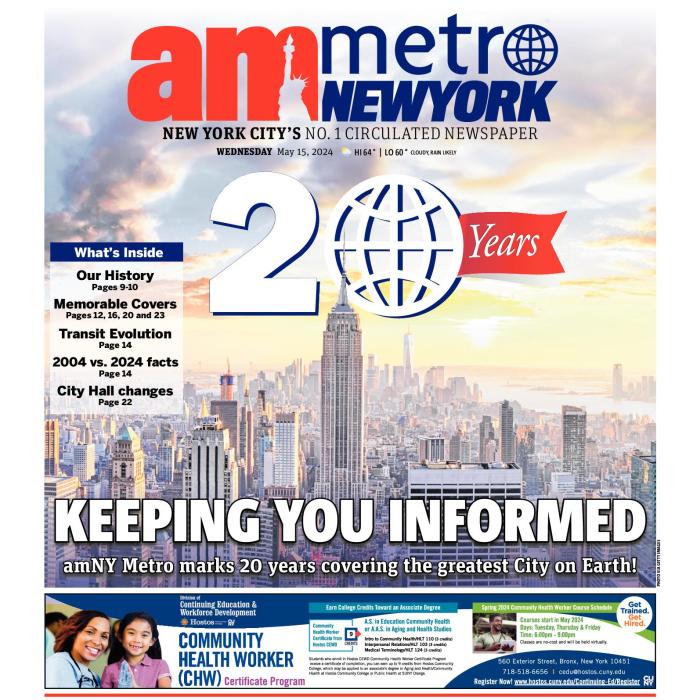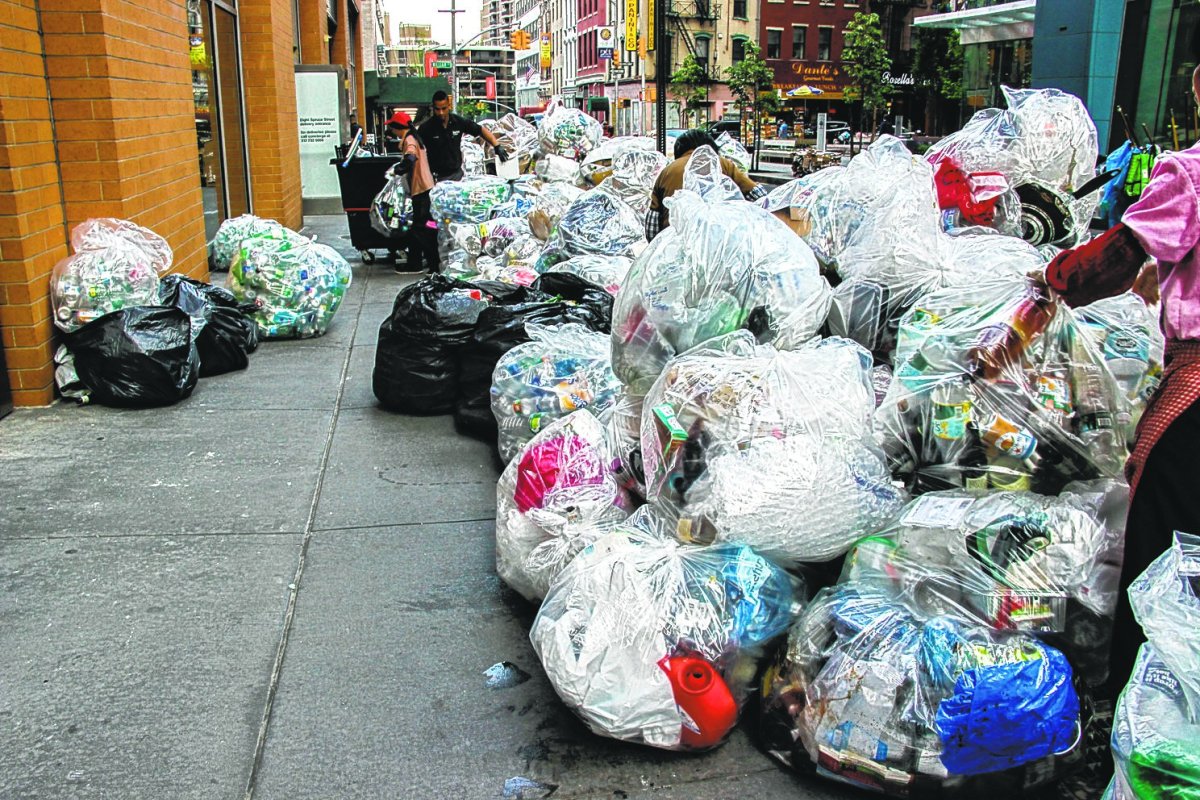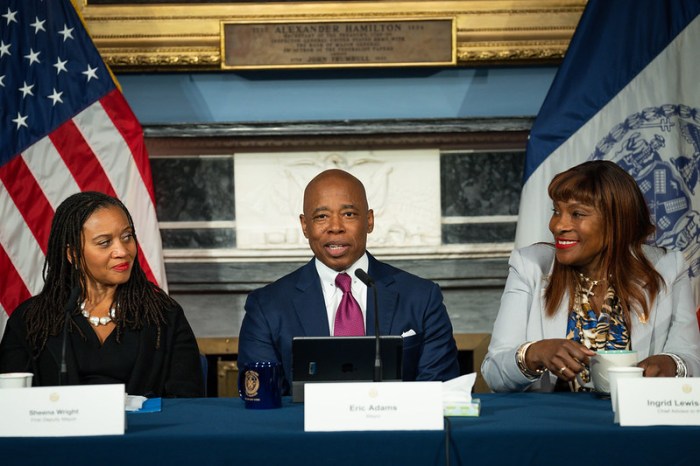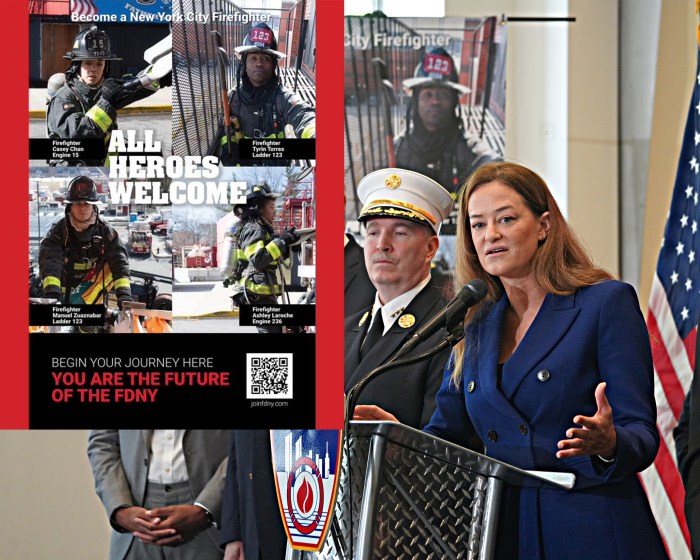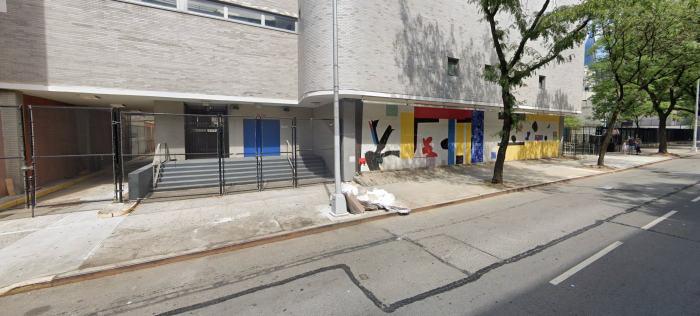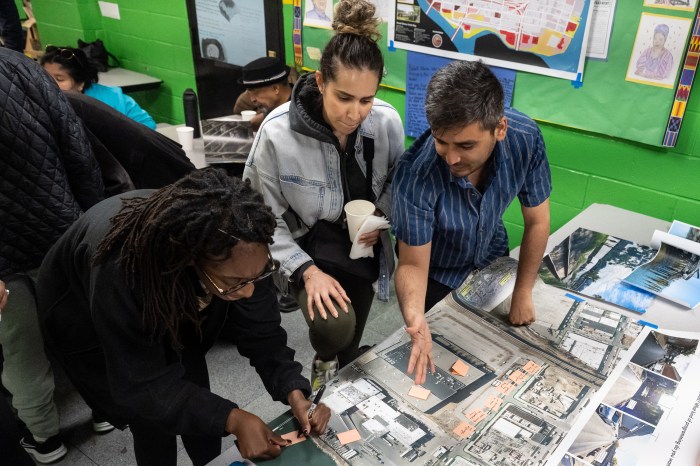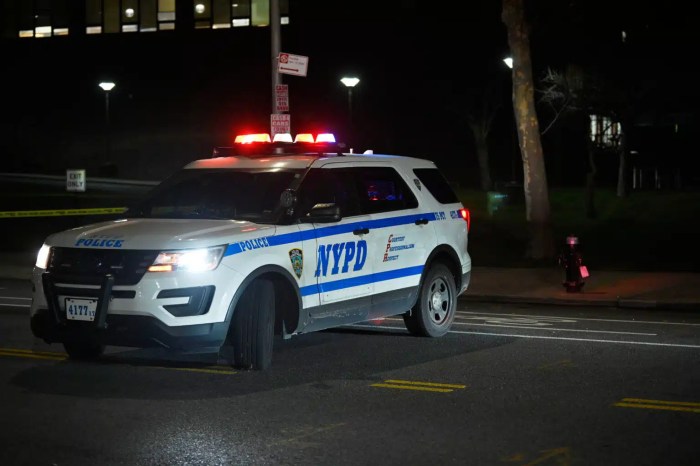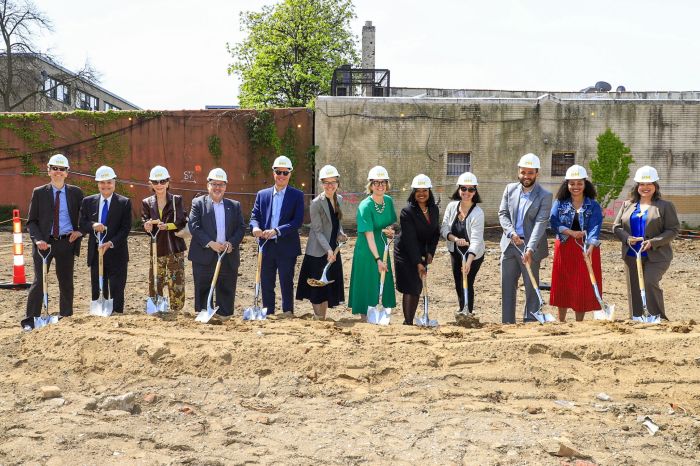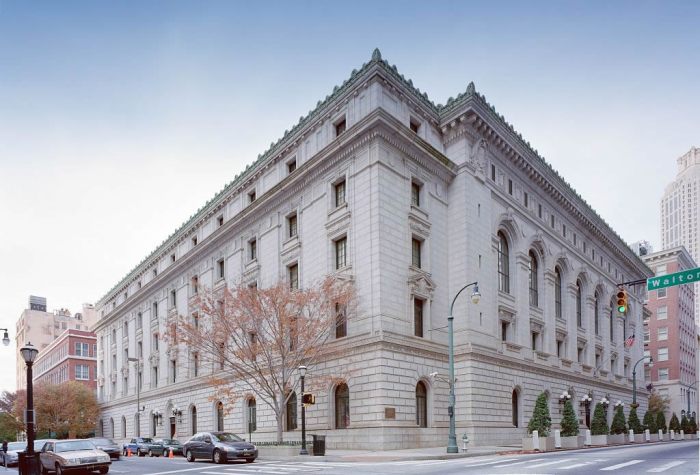BY GABE HERMAN | Lower Manhattan’s residential population has nearly tripled since 9/11, which means a lot of growth but also a problem: more garbage to deal with.
The Alliance for Downtown New York released a guide in early March for how residents and building managers can reduce waste, including the garbage left out on streets.
“The increasing amount of residential waste on our narrow sidewalks,” the guide notes, “has emerged as a top quality of life concern.”
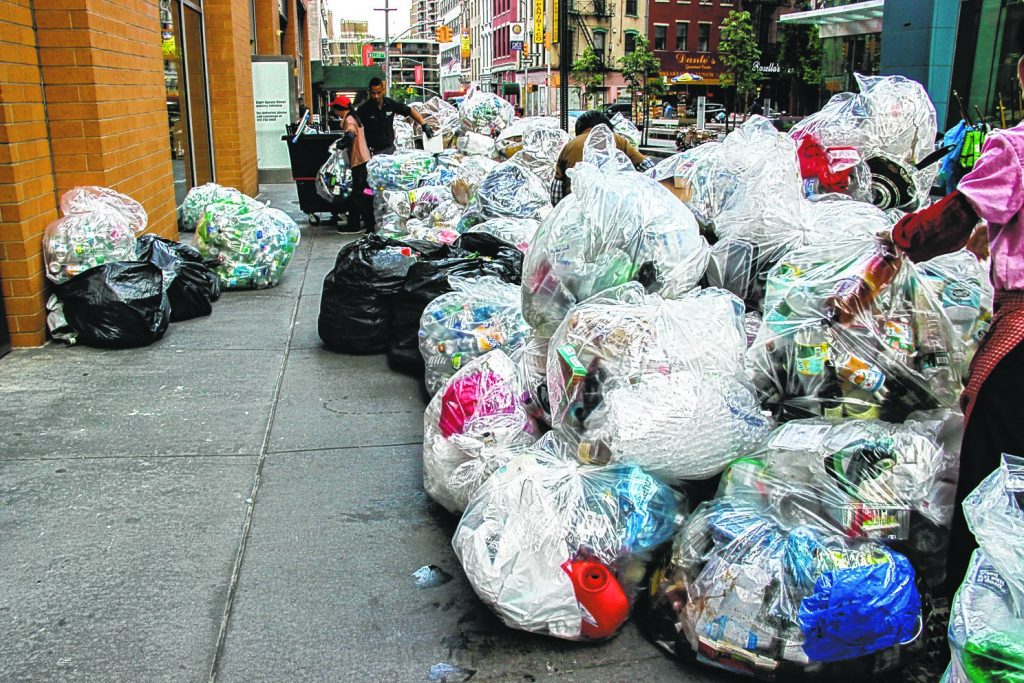
The Downtown Alliance is a business improvement district, or BID. It has a 60-person sanitation team that bags 1,500 tons of trash and collects 250 tons of recycled objects annually. But while BID employees can empty street trash cans, the BID is not allowed to handle residential waste. That job is reserved for the city’s Department of Sanitation.
“This is one of the fastest growing neighborhoods in the city,” said Jessica Lappin, the president of the Downtown Alliance, in a statement. “We are releasing this guide to try and change behavior, identify best practices and reduce waste.”
There are now more than 62,000 residents in Lower Manhattan. The guide was made with input from residents, building managers, property owners, consultants and city agencies.
The guide notes that residents can cut down on waste by recycling, which residents are doing at just a 21 percent rate citywide, according to the Department of Sanitation.
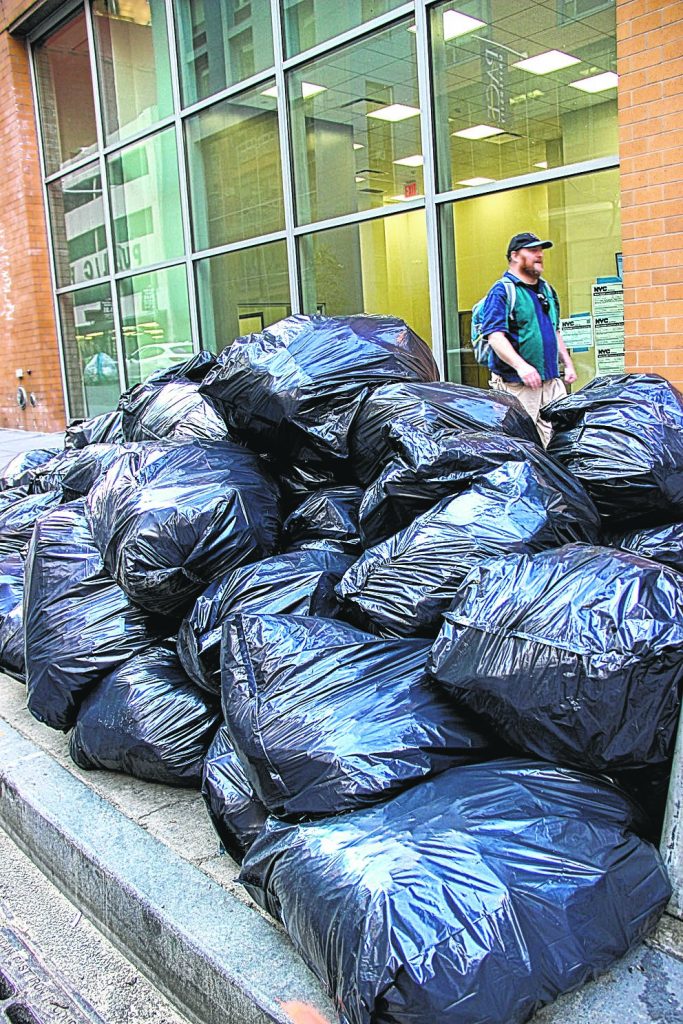
Recycling includes composting organic items and donating clothes and textiles. People should also recycle e-waste, such as computers and cell phones, which is illegal to put in the garbage in New York State.
The guide adds that buildings can use mechanical balers to compact their recyclables, making them more manageable by taking up less space.
Without a baler, a large apartment building might produce 52 bags of garbage that take up 130 square feet, for example. But with a baler, that amount would turn into four stacks of four bales and take up just 16 square feet.
An option for bigger buildings is Roll-on Roll-off compactor containers, which are self-contained and reduce the volume of waste. These are picked up by D.O.S. on request and eliminate the need to leave garbage bags out on the sidewalk.
The guide also made policy recommendations for D.O.S. These include shorter collection windows and more frequent pickups, to reduce the amount of garbage each time and lessen how long garbage sits out on sidewalks. And the guide also recommends that D.O.S. use real-time collection alerts for building managers, so garbage can be brought out at the best time and thus doesn’t need to sit on the sidewalk.
The Downtown Alliance will host several waste-related events this spring, including a D.O.S. information session on March 25 on the agency’s Zero Waste programs for residential buildings, and an e-waste collection on June 9.
Several local politicians endorsed the Lower Manhattan-based BID’s new guide in statements, including Councilmember Margaret Chin, state Senator Brian Kavanagh and Assemblymember Yuh-Line Niou.
Community Board 1 Chairperson Anthony Notaro said in a statement, “C.B. 1 has long advocated for improved quality of life in our district and lauds the Alliance for this step in addressing this problem which affects us all. We look forward to working with all stakeholders and city agencies to take this guide and go further in getting positive results.”
